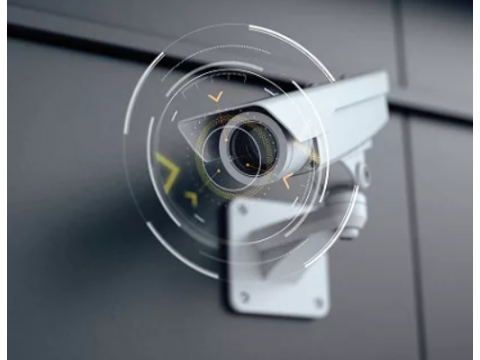What You Need to Know About Surveillance Systems
Before installing a surveillance system, it’s crucial to understand its purpose. The system’s goals will dictate the type of equipment needed and its specifications. Here’s an overview of system types and their applications to help you decide what’s right for your needs.
Types of Surveillance Systems
Analog Systems
Analog systems are ideal for smaller setups with fewer cameras. They are straightforward to install and often more budget-friendly.
IP (Network) Systems
IP systems are better suited for larger setups or when advanced features like remote access or higher resolution are needed. These systems can also integrate with existing network infrastructure.
How Many Cameras Do You Need?
- Homes: Typically 8–16 cameras for full coverage.
- Vacation Homes/Dachas: Often 4 cameras are enough.
- Apartments: 1–2 cameras suffice for key entry points.
Essential Equipment
A basic surveillance system includes:
- Cameras: Chosen based on resolution and focal length requirements.
- Power Supply: To ensure stable operation.
- Video Recorder (Optional): Essential for storing footage, though some small setups with internet access can rely on IP cameras and a router instead.
- Monitor (Optional): For viewing and configuring the system.
Do You Need a License to Install Surveillance?
In most cases, no license is required unless you’re installing the system in facilities with specific regulatory requirements.
Installation Essentials
Cables and Wiring
The type of cables you’ll need depends on:
- System Type: Analog or IP.
- Signal Transmission Distance: Longer distances may require signal boosters.
- Interference Levels: Shielded cables may be necessary in high-interference areas.
Tools and Knowledge
Basic tools include drills, screwdrivers, and testing devices. A general understanding of system configuration, especially for IP setups, is helpful.
Tips for Beginners
- Start Simple: Analog systems are easier to set up and maintain.
- Consider Future Needs: Plan for potential system expansion.
- Follow Manufacturer Instructions: Each component will have specific installation guidelines.
For detailed instructions and guides, refer to specialized installation sections.
Conclusion
- Surveillance systems should be tailored to specific needs—whether for homes, offices, or apartments.
- Analog systems are user-friendly and suitable for most residential setups.
- IP systems offer advanced features but require more technical expertise.
- With the right knowledge and tools, installing a basic surveillance system can be a manageable DIY project.
Understanding these fundamentals will help ensure your surveillance system is both effective and reliable.

